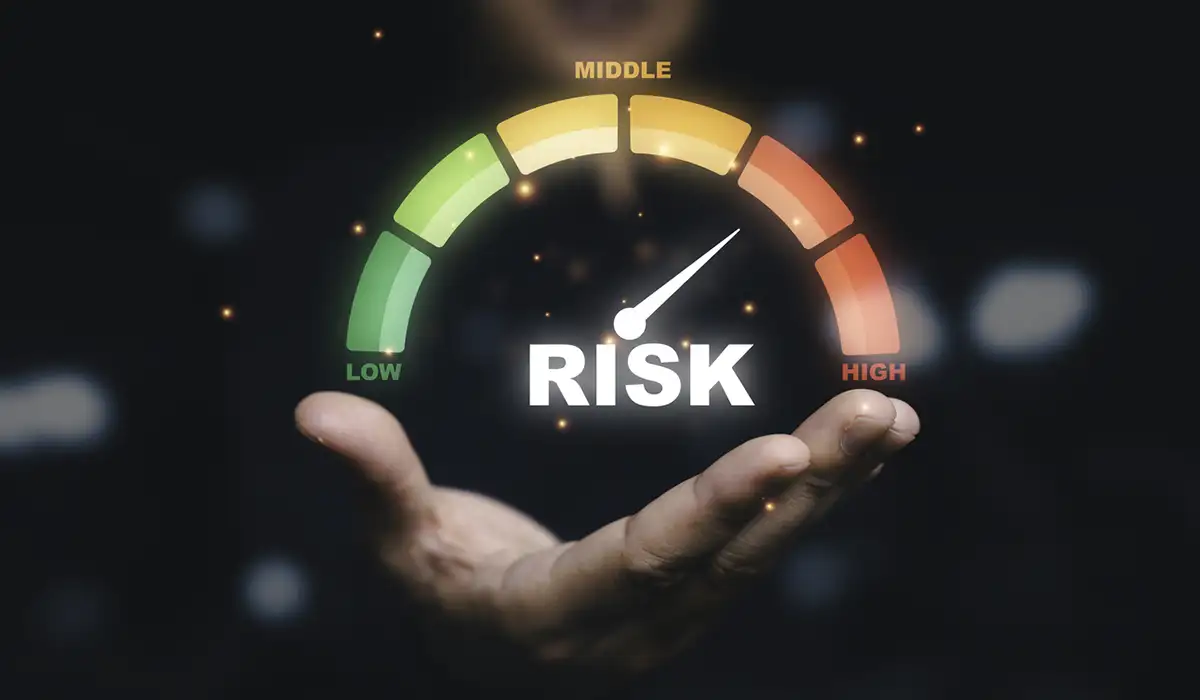
How The TPRM Lifecycle Helps Businesses Stay Compliant With Regulations?
In our woven world, no enterprise stands truly alone; even the solitary craftsman leans on the sun for light, and the earth for clay. The dream of pure self-reliance is, in fact, just that: a dream. Every business, from Silicon giants to desert weavers, dances with dependencies, suppliers, laws, and invisible digital hands. Some whisper they need nothing, yet still take from wind, water, or the commons. And those artists who love solitude fall back on NFT platforms for the sheer vantage its mining offers. Global trade thrums on this interdependence; to resist is to vanish. The wise don’t seek isolation but weave resilience into their web, knowing each thread’s strength and each partner’s worth. For in connection lies risk, yes, but also survival. Third-Party Risk Management or TPRM Lifecycle is crucial and big or small, depending on the economies of size and scope of the organization. In short, it depends on how big your business is.
We build our castles on borrowed land. Every vendor is a pillar, some sturdy, some cracked, holding up the architecture of our enterprises. To rely on just one is to balance the whole weight of a kingdom on a single column. But to multiply them is to invite a chorus of chaos, where any weak voice might unravel the song.
We need many vendors for the oldest reason of all: survival. A lone supplier is a single point of failure, a snapped thread that collapses the tapestry. Markets shift. Disasters strike. A factory burns, a sanction falls, and a cyber breach bleeds data like an open vein. Diversification is our hedge against fate’s whims. Yet with each new vendor, we graft fresh vulnerabilities onto our systems. Their security becomes our exposure. Their compliance gaps and our fines. Their logistical failures, our empty warehouses.
This is the paradox: we scatter our eggs to save them, only to realize we’ve placed some in broken baskets. Every added vendor is another door left ajar, another contract to monitor, another set of standards to enforce. The remedy isn’t fewer partners, but sharper discernment, a relentless curation of who earns the right to hold pieces of our operation. We must vet like guardians, monitor like sentinels, and always, always, keep a knife ready to cut the fraying threads before they drag the whole weave down. For in business, as in nature, resilience grows not from solitude, but from knowing which connections to nurture, and which to sever before they strangle us.
The Alchemy Of Compliance
In an era where data breaches make headlines and regulators wield fines like thunderbolts, businesses walk a tightrope between innovation and compliance. The Third-Party Risk Management (TPRM) lifecycle emerges not as another bureaucratic hurdle, but as a sophisticated alchemical process, transforming raw vendor relationships into refined compliance gold. This is how its six-stage crucible protects enterprises from regulatory damnation while allowing commercial ambitions to flourish.
1. The Gatekeeper’s Vigilance
Before a vendor’s code touches your servers or their employees access your systems, the TPRM lifecycle performs a ritual more rigorous than any medieval guild’s initiation. Modern compliance frameworks demand proof, not promises.
Automated questionnaires dissect a vendor’s security posture with surgical precision, validating SOC 2 Type II reports, financial stability metrics, and historical breach patterns. Machine learning algorithms compare their infrastructure against industry benchmarks, while blockchain-verified audit trails ensure documentation hasn’t been doctored.
2. The Living Contract
Paper certifications expire the moment they’re printed. The TPRM lifecycle replaces static annual audits with pulsating, real-time surveillance.
API integrations feed live data from vendor environments into centralized dashboards:
• Security scorecards that fluctuate like stock tickers based on patch cadence
• Dark web monitoring that screams alerts when vendor credentials appear in hacker forums
• Financial health algorithms predicting bankruptcy risks 90 days before public filings
3. The Map of Shadows
Not all third-party risks weigh equally. The lifecycle applies Occam’s razor to compliance efforts through intelligent risk stratification:
Crimson Tier
• Cloud providers housing PII
• Payroll systems with direct bank access
Amber Tier
• Marketing platforms hold customer behavioral data
• Facilities management with physical site access
Verdant Tier
• Office supply vendors
• Landscape maintenance services
4. The Dance of Proof
Regulators demand artifacts, not assertions. The TPRM lifecycle transforms compliance from a scavenger hunt into a well-rehearsed ballet of evidence:
• Automated collectors harvest encryption certificates before expiration
• AI compares penetration test results against OWASP Top 10 benchmarks
• Natural language processing extracts remediation promises from vendor emails and converts them into trackable SLAs
When the SEC demands proof of due diligence for a broker-dealer’s vendor network, your team generates a defensible audit trail in minutes, not the 72-hour panic that sinks lesser-prepared competitors.
5. The Fractal Mirror
Your vendor’s weakest subcontractor is your compliance breaking point. The lifecycle’s fractal vision pierces through supply chain nesting dolls:
• Fourth-party discovery tools map subprocessor relationships five layers deep
• Geofencing alerts when a data subprocessor relocates to a non-GDPR jurisdiction
• Concentration risk algorithms warn when 60% of critical vendors all depend on the same AWS region
6. The Phoenix Protocol
Vendor relationships don’t fade; they either transform into assets or metastasize into liabilities. The lifecycle’s termination sequence:
• Automated access revocation sweeps across all systems at contract termination +1 second
• Data destruction certificates are blockchain-logged with cryptographic proof
• Legal hold systems isolate required documents while purging all other sensitive information
The Silent Victory of Mature TPRM
Organizations with advanced TPRM lifecycles don’t just survive audits, they weaponize compliance. Their evidence trails intimidate regulators into shorter examinations. Their vendor risk scores become negotiating leverage for better contract terms. Most importantly, they sleep knowing that when the next wave of regulations (be it AI governance or quantum encryption standards) crashes over industries, their alchemical framework will already be distilling the new requirements into operational practice, while competitors drown in reactive chaos.
The TPRM lifecycle isn’t about checking boxes. It’s about building an enterprise that moves through the regulatory universe like a ghost, present where it chooses to be, invisible to threats, and leaving no vulnerable traces behind.
Photo: iStock








